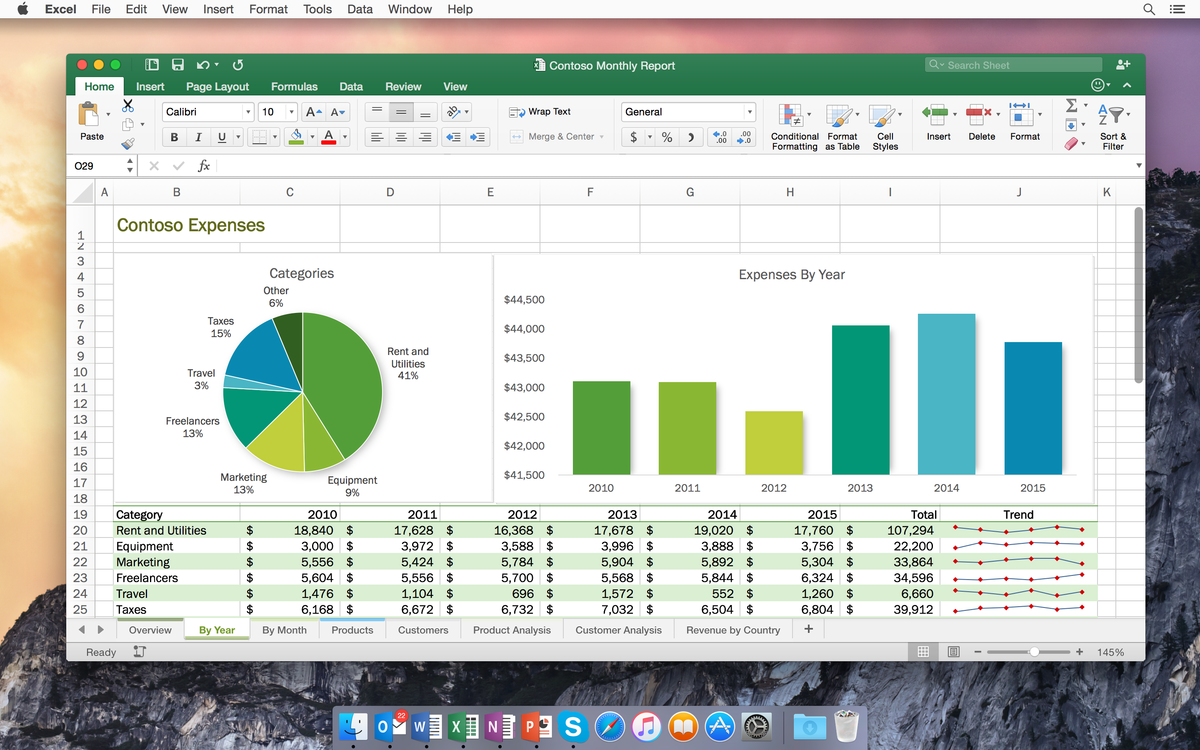Workspace for marketplaces

Let’s say you have decided to enter the marketplace. It seems that all you need is a product and the desire to sell it, but at every step, budding entrepreneurs and pros encounter unexpected difficulties. This article is about what you will face on your way to online sales, what you need to know about marketplaces and how to organise your workspace.
Competitors
You have already decided what marketplaces are. They offer a wide range of products and services, competition between sellers is very high. You must be prepared for this competition and develop promotion strategies to attract the attention of potential buyers. To analyse competitors and the marketplace, a special tool can come in handy, one of the most popular globaleyez – monitoring from Amazon to Etsy.
Before you buy a bulk batch of dry massage brushes and silicone bowl covers, analyse the market. It may already be crowded and it may be worth trying to enter less saturated niches – or realise what is unique about the product and use that to promote it.
Managing listings
A listing in the marketplace world is a published item that is 100% ready to sell.
With a large number of listings, it takes a lot of time and effort to create and update cards and optimise them to get the most visibility on the marketplace. It is important to understand how marketplaces earn money and try to make sure that the listed products fit the sales model and the features of the chosen site.
Pricing
It can be difficult for sellers to set competitive prices given the competition. It is necessary to constantly monitor the market and take into account what percentage marketplaces charge. In addition, when forming the price it is worth tracking seasonality, trends and events like New Year’s Eve and Black Friday.
Some marketplaces organise their own promotions and sales that are not tied to the general calendar.
What percentage do marketplaces charge for sales? Commission rates can vary depending on the marketplace and category. The amount can vary from 5% to 20% of the value. It’s important to research each marketplace’s terms and conditions and consider the commissions in each category. For example, clothing and cosmetics can be different from each other, just like different categories of appliances. Often the difference depends on the size and weight and whether it is considered fragile.
Content
For a product to be bought, it has to get noticed. To get noticed, it needs to stand out. Creating quality photos, useful infographics, adding drawings, instructions and descriptions are just as important for purchases as price and quality.
Choose the most popular marketplaces and go through the customer journey – imagine you want to buy the product yourself and note what you paid attention to first, where there was enough information and where there was not enough.
Remember not only the products you wanted to open, but also the ones you missed – this way you’ll understand which techniques will work better for promotion.
Customer Support
Vendors may need to provide quality customer support, answering questions and handling returns or complaints. This may require being highly organised and responding quickly to customer queries. Some choose the path of funny responses in the hope that the screenshot will curl, while others stick to a formal and neutral tone, but you need to respond – and it’s best to do so quickly. Hanging unanswered comments do not inspire confidence in a potential buyer, but a successful response can extinguish negativity and emphasise the positive aspects or provide an explanation if the product is being misused.
Analysis and reporting
Successful sellers on Russia’s most popular marketplaces actively analyse sales and build reports to understand the effectiveness of actions and make informed decisions. However, this can be a daunting task without the right tools and approaches.
For example, after adding a “moisture resistant” icon to the first view, sales went up, but after adding a “recycled wood” icon, sales went down. Detailed reporting will help expand successful experiments and roll back failed attempts.
Confusion
This is just a basic list of tasks that need to be done to sell through marketplaces. Over time, they start to merge into one, deadlines get confused, and data gets lost. To avoid this, try MOGU’s task tracker. It helps sellers to organise and streamline their work and analyse sales results across marketplaces.
Mogu allows you to visualise all tasks by dividing them into columns. For example, for example, you will need a workspace with columns “budget and goals”, “photo and description”, “characteristics”, “documents and contracts”, a separate board or column can be created for working with suppliers, and another one for analytics and promotion.
MOGU enables salespeople to create and manage a digital workspace in a convenient and structured way. In it, tasks can be added, edited and tracked, prioritised and assigned responsibilities.
This allows you to plan and control your work to reduce the time spent on completing it.
Due dates, checklists and files can be added to each task so that data doesn’t get lost and employees can plan their working hours to keep up with everything.
MOGU offers analytics and reporting features to help you analyse performance on your marketplace. You can track sales performance, evaluate the effectiveness of actions and make informed decisions to improve results.
You can also make comments on task cards in the task tracker itself, making it a handy tool for remote teams or project workers who find it difficult to have regular face-to-face meetings.
The keys to successful sales on a marketplace are a good understanding of the target audience, competitive environment and product promotion strategy. Using MOGU Task Tracker, you can manage your marketplace sales, analyse results and make informed decisions to achieve success.



